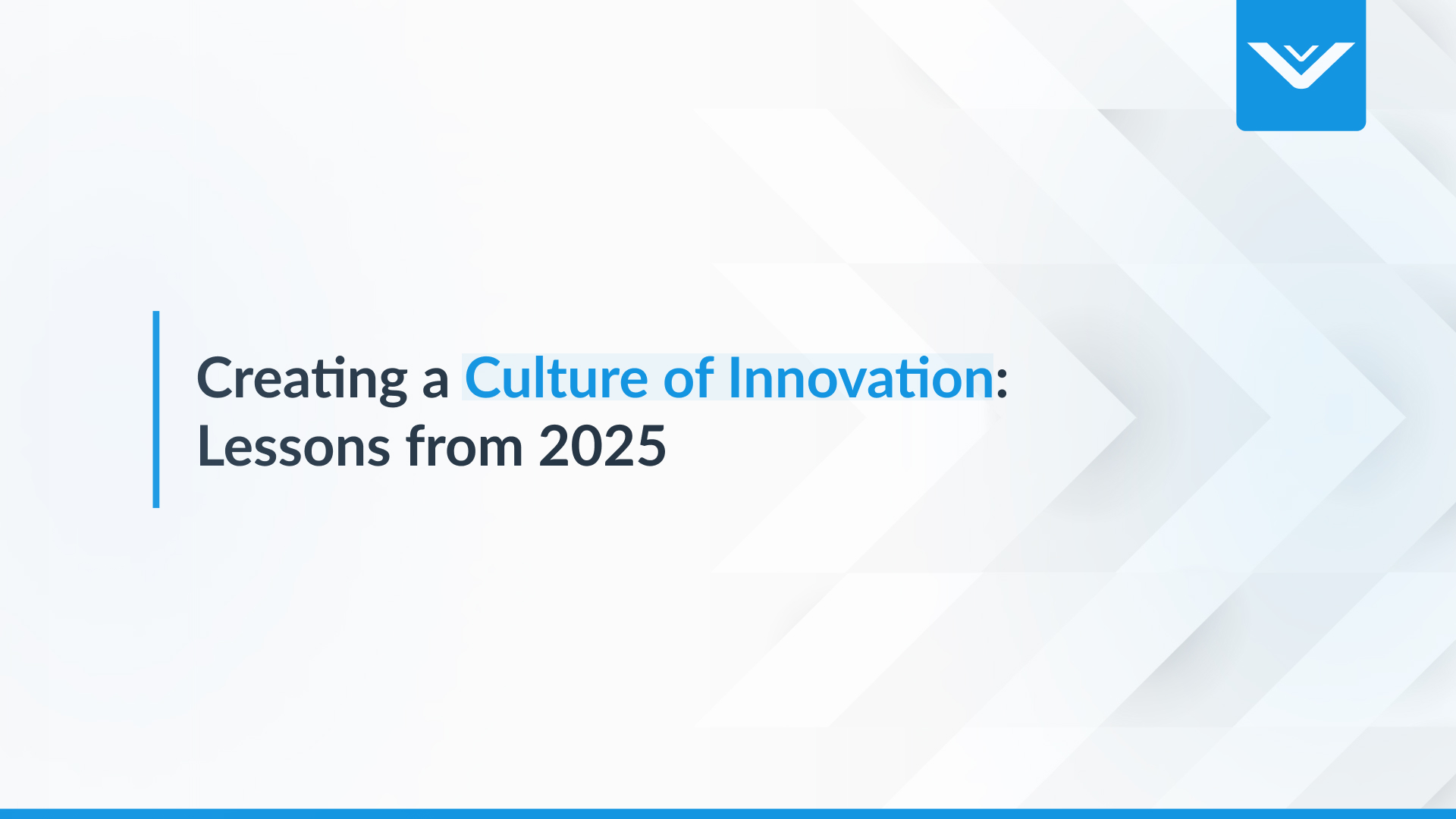

The SLED Market is complex and often misunderstood, we'll break down what the SLED Market actually entails and the best ways for companies to leverage their go-to-market approaches.
Understanding the SLED Market
Understanding The SLED Market
What is the SLED Market?
To kick things off, let's define what the state, local, education (SLED) market entails. When you think about SLED, understand that there are over 90,000 different government organizations.
- 50 States
- 3,000+ Counties / Boroughs / Parishes
- 36,000+ Cities / Towns / Municipalities
- 12,000+ Public School Systems
- 2,000+ Higher Education Institutions
- 38,000+ Special Districts
What is important to remember about all these organizations is that they are independent of each other. For example, the rules and regulations governing how the City of Los Angeles conducts procurements will be different than those of the County of Los Angeles.
What would Woz Do?
Before he did most of the technical engineering on the Apple I, Apple's "other Steve" (Wozniak) made a name for himself by optimizing the code that ran Hewlett-Packard calculators. Woz was famous for combining snippets, reducing redundant calls, and squeezing extra performance out of every scrap of silicon. One of his great insights was to sequence independent processes through the same circuit or snippet of code for different purposes.
When it comes to marketing technology in 2021, it may pay off to model your efforts on Wozniak and look for ways to repurpose existing assets. One of the best environments to squeeze extra value out of exiting efforts is the SLED market.
Here's why: Governments and schools operate in regulated and similar ways. Except for one small town in Alaska that elected a cat their mayor, most governments follow generally accepted practices for governance, procurement, and deployment of technology assets. School systems are a little more variable, but every state publishes a chart of accounts that defines how districts should characterize and manage expenditures. Taken together, that means if your solution works and sells in Tallahassee, there's a great chance you can find clients in Tacoma or Talkeetna (if the cat would have approved). With over 90,000 district or government entities drawing regular tax revenue, the market is vast and voracious.
There may be variances between specific naming conventions and language from state to state, but in general, the functions of state and local government comprise nine market segments: Education; Health and Human Services; Transportation; General Government; Law Enforcement & Public Safety; Community Services; Environment; Legislative; and Courts. Researching the NAICS codes for education (61 series) and government (92 series) may also help you integrate common language and categories.
Three Ways to Push Your SLED Credibility
- Get Fluent in Ed- Speak and Gov-Speak
Governments and schools both use a lot of jargon, and they may judge your fitness as a vendor in part based on your fluency with their language. It isn't hard and won't take much time to attend an educational technology or government conference (or find sessions online if you don't want to travel). Listen to the unique acronyms and phrases that show up in both sectors. Then, plug those terms into your proposals, and work on integrating that verbiage into your conversation. If you know why schools are worried about ESSER funds or why the auditor follows GASB 35, you are on your way to making connections that can lead to better service and more reliable sales.
- Follow the Purchasing Calendar
Both schools and governments have an uneven relationship with market forces. Most schools get students whether they earn them or not, and most governments collect taxes in good times and bad. That means they may have unpredictable budget cycles that are not particularly sensitive to larger economic patterns. Some schools demonstrate a late-spring surge of "use-it-or-lose-it" buying before the fiscal year concludes. Some governments like to spend a lot just after an election and almost nothing just before. Getting to know the purchasing rhythm can help you time your approach and perhaps find some floating money looking for a place to land.
- Get The Herd Moving
Some of the most effective marketing to SLED prospects involves taking them down a path that others have walked before. If you can show how a similar city/district/school has implemented your solution, prospects will relax about introducing a new platform. If you can also show how a competitor's service was abandoned or uninstalled—so much the better. Neither government nor education are built on valuing efficiency or excellence—so being best of breed might not sell well. They are built to be conservative, cautious, and risk-averse, so presenting your proposal as a safe and reliable option is likely to earn you a more in-depth exploration.
Steve Wozniak is still a fan of optimal design and nerdy optimization. He's also recently gotten more vocal about the importance of applying engineering philosophy to organizational processes. If you can develop language, timing, and emotional approaches that resonate with one SLED prospect, then follow Woz's way and use that same approach over and over.
This post is adapted from a blog originally published in Government Sales Insider by Rachel Eckert, a SLED analyst at immixGroup, an Arrow Electronics company. The original post can be viewed here. immixGroup's unique platform of services enables software and hardware manufacturers and their channel partners to grow their public sector business and accelerate the sales cycle.
Interested in how immixGroup can accelerate your journey into the public sector? Get in touch with us today.
Spread the word.
Thousands of subscribers receive our newsletter every week breaking down what's happening across the technology community.
Join them today.
Keep Reading

Creating a Culture of Innovation: Lessons from 2025
Creating a culture of innovation means staying curious, supporting teams through uncertainty, and continuously raising the bar for what’s possible. The technology will keep changing. The pace will keep accelerating. But organizations that invest in their people and cultivate the right culture will always find their next summit and the energy to climb it.

.png)
Change Management Guide: How to Enable Real Adoption and Long-Term Value of Your Technology Initiatives
Change is a constant in today’s enterprise environment, but successful adoption doesn’t happen on its own. Organizations that plan, structure, and support change intentionally are better equipped to see results—faster, with less disruption, and with greater alignment across teams.


.jpg)
